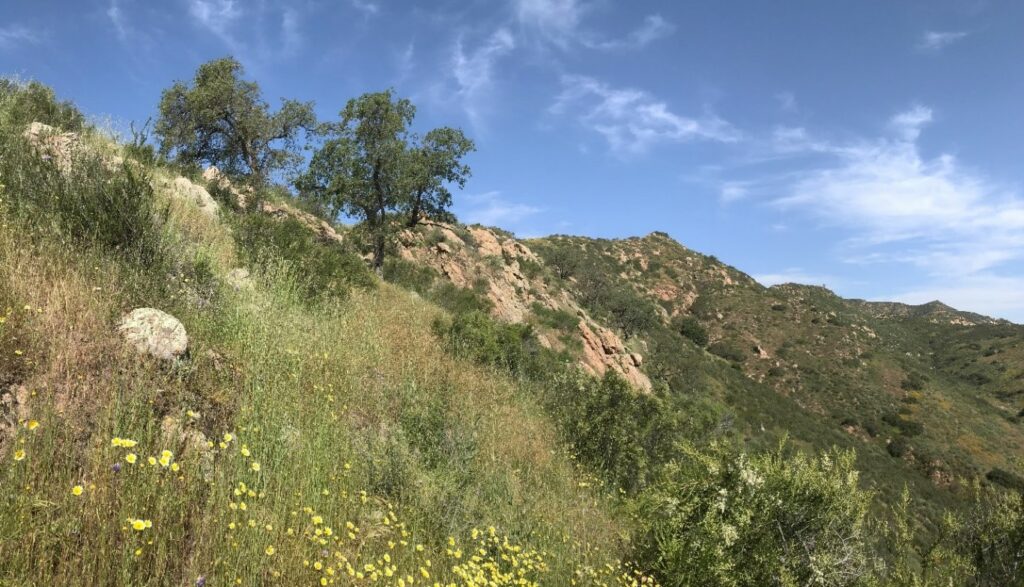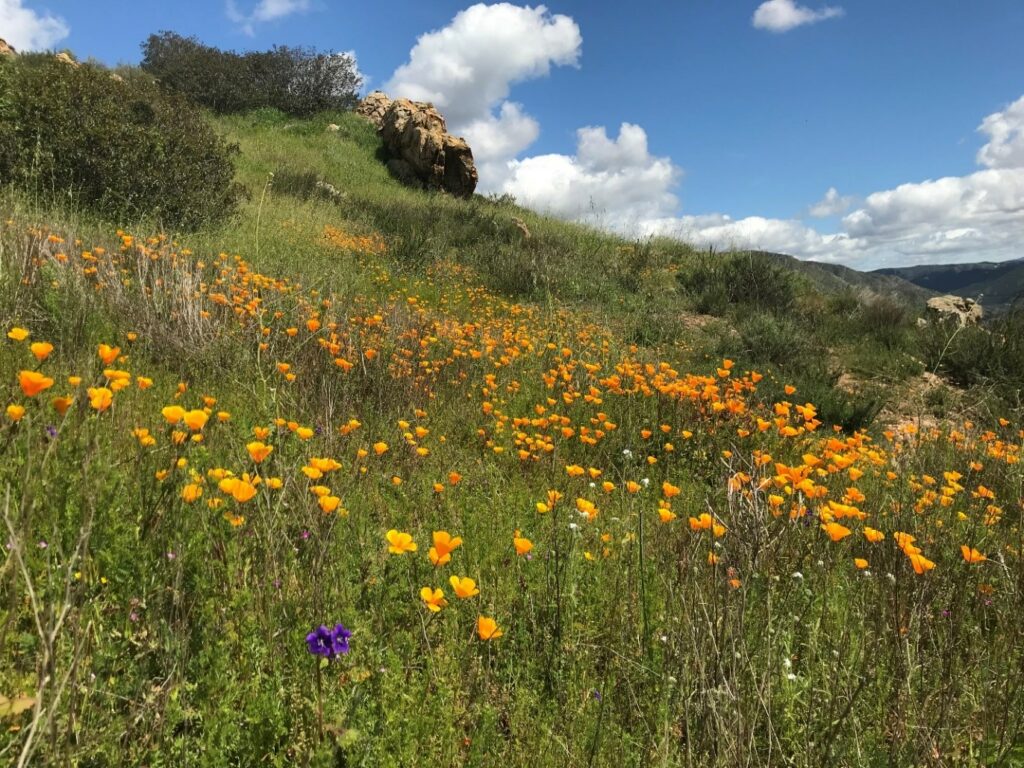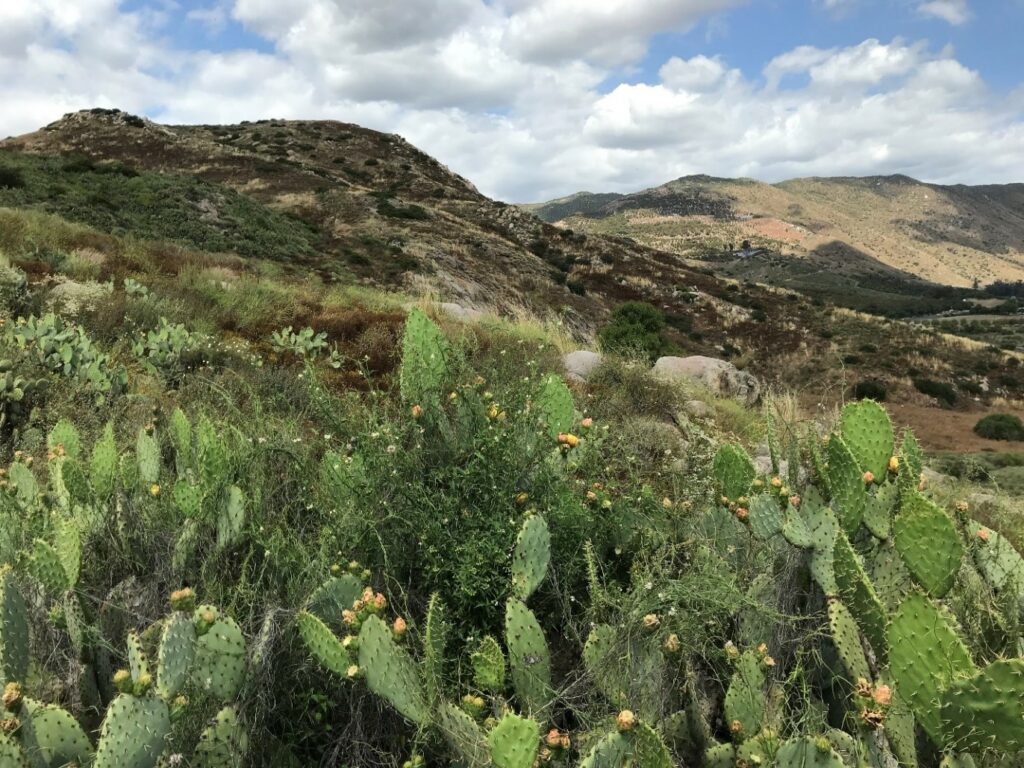Safari Park Biodiversity Reserve
The Biodiversity Reserve at the San Diego Zoo Safari Park encompasses 900 acres dedicated to the protection of various species and their natural habitats. This significant area serves as a vital component of wildlife conservation, offering a secure environment for the study of ecosystems and their inhabitants, as well as a key area for conducting scientific research. The reserve is instrumental in efforts to sustain biodiversity, with a focus on the conservation of mammals, birds, reptiles, and amphibians.
About This Project
Who is proposing this project?
Lead Organization: San Diego Zoo Wildlife Alliance
Website: sandiegozoowildlifealliance.org
Supporting organizations:
- San Pasqual Band of Mission Indians
- Indian Health Council
- UC Davis
- San Diego State University
- San Diego Management & Monitoring Program (SDMMP)
What is proposed?
The San Diego Zoo Safari Park spans 1,800 acres, half of which remains undeveloped and rich in diverse vegetation like coastal sage scrub and oak woodlands. This area acts as a crucial wildlife corridor junction, boasting an impressive array of species, including numerous mammals, birds, reptiles, and amphibians as well as varied vegetation communities like coastal safe scrub, cactus scrub, Engelmann and coast live oak woodland, and more. The area is extraordinarily high in native species diversity, supporting at least 24 mammal, 179 bird, and 28 reptile (including 16 snakes) species. In fact, a 2001 study recognized this reserve as having the highest variety of reptile and amphibian species than any other City of San Diego Reserve.
Established in 1996-1997 as part of the city’s Multi-Species Conservation Plan, the biological reserve is integral to preserving the unique biodiversity of San Diego. It offers exceptional opportunities for scientific research and the development of conservation strategies, thanks to its varied habitats from riparian zones to oak woodlands.
The San Diego Zoo Wildlife Alliance has been monitoring and actively restoring the reserve for more than ten years, particularly after the 2007 wildfires, by replanting native vegetation including cacti and young shrubs. While the reserve is not open for public visits, it welcomes scientists for approved research projects, underscoring its role in biodiversity conservation and restoration efforts.
Project Location
The Bioreserve is located within the San Diego Zoo Safari Park in Escondido, California.
Why is this project on the 30×30 list?
The Safari Park Biodiversity Reserve’s inclusion in the 30×30 list aligns with the area’s contributions to climate resilience, biodiversity preservation, and community benefits.
Firstly, the reserve strengthens climate resilience by protecting natural ecosystems like the coastal sage scrub from development, crucial for carbon sequestration and buffering against climate change impacts.
Secondly, it’s a cornerstone for biodiversity preservation, safeguarding a unique blend of habitats and species in Southern California, thus contributing to the region’s ecological health. The area protects coastal sage scrub and other diminishing habitat types once typical of coastal Southern California. Its geographical position, connecting the San Pasqual Valley with expansive undeveloped ranchland and conserved properties, and high biological diversity are unique in the region.
Lastly, the reserve offers community benefits by serving as a living laboratory for scientific research and conservation projects, enriching educational and research opportunities for the San Diego Zoo Wildlife Alliance and its partners, fostering a deeper community engagement with nature conservation.





